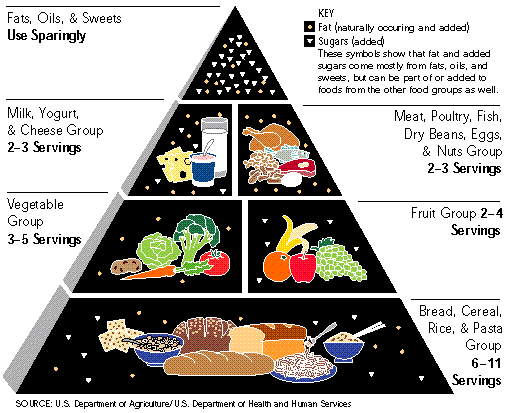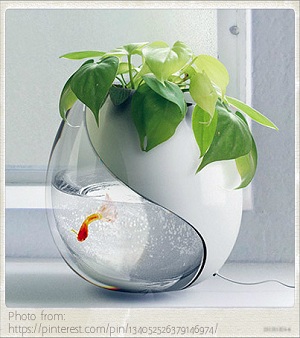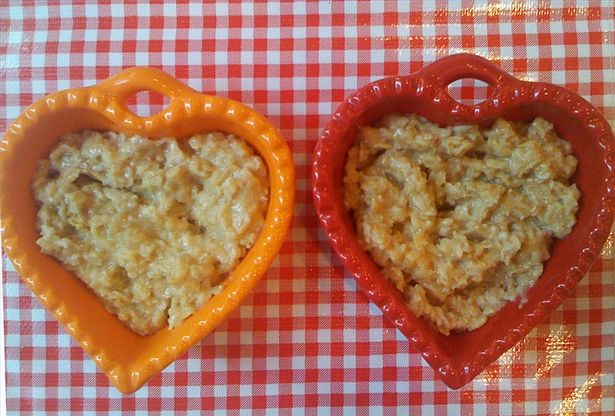Bait fishing for trout can be effective, using worms, eggs, artificial paste baits, or combinations. Bait can be dangled downward from a floating bobber or can float upward from a slip-sinker, both of which provide weight to cast the bait outward from shore. Worms are probably the best all-around trout bait and work especially well in spring and fall, particularly after rainfall.
Bait fishing should only be done when you plan to keep the fish you catch, since the fish tend to swallow the bait and hook, making injury-free release much harder. This is why fish caught while using bait count as part of your daily limit, whether or not you keep them. Also check to make sure bait is legal where you're planning to fish; some lakes have selective fishery regulations or other quality rules designed to improve survival and growth of fish.
Natural baits for trout includes a wide variety of items - worms, minnows, crayfish, fish eggs, grasshoppers, crickets, mayflies, caddis and crane fly larvae, waxworms and numerous other insect larvae. Hooks used for these baits can range from No. 6 to 14, more or less matching bait size with hook size. Worms should be threaded on the hook in at least two places and the entire hook concealed. On occasions trout will pick up a worm, crush it, drop it, and then pick it up again. This nibbling habit makes a cautious fish tough to catch on an exposed hook point. It is hard to beat the nightcrawler for baitfishing trout. It has just the right heft for a long cast and they are easy to come by. Worms are too small and are difficult to cast. They are harder to obtain in mid summer and are difficult to cast long distances, but are ideal for drift fishing.
Minnows are occasionally used for trout, particularly for large Brown's. Hook the minnow lightly through the back or lip and drift it into the deep pools that have hiding habitat structure. Small, soft-shell crayfish and fish eggs, usually from salmon, can also be productive when drifted in a similar fashion. Egg hooks should be used for salmon eggs. Insect larvae are productive at times, epecially while they are abundant in streams and are beginning to emerge. Most of the time they are fished like worms, but take care in casting because they come off the hook easily.
Grasshoppers and crickets are most often used in the fall. They can be hooked once through the tough portion of their body, above the front legs, or simply threaded on to the hook. These baits are most effective when drifted downstream into likely trout cover. Veteran brown trout anglers often use a chunk of chub or sucker meat when angling for the big ones. This also keeps other chubs and suckers from biting when fishing in poorer quality water.
Trout rely mainly on their sense of smell as well as sight to detect food sources. For this reason, there is a variety of colored scented baits available to catch trout. Common commercial brand brands include Berkeley’s Power Bait and Zeke's. They both come in an assortment of colors and utilize scent attractants. Velveeta cheese and bread are also excellent choices. Hatchery-raised trout have fed on small brown pellets for most of their lives. For this reason, locally made dough-baits can prove exceptional for catching trout. This type of bait is usually found in the park store. Prepared trout bait ranges from commercial products to homemade concoctions. Most varieties have a cheese base and come in small chunks or balls. Cheese baits are usually cast across a pool and the bait allowed to drift with the current. Other popular baits include whole kernel corn, marshmallows, and cereal types. It doesn't take much imagination to fish for trout with these items, although all of them have enticed many trout to bite.

 Introduction To Of Some Lower Cholesterol Foodstuffs
Cholesterol is a fat-like element contained in the physique
Introduction To Of Some Lower Cholesterol Foodstuffs
Cholesterol is a fat-like element contained in the physique
 Starting Up An Aquaponics Set Up From See The Easy Way
Planting seeds in your aquaponics system can be a lot simpl
Starting Up An Aquaponics Set Up From See The Easy Way
Planting seeds in your aquaponics system can be a lot simpl
 The Simplest Way To Lessen Your High Cholesterol By Natural Means
High-cholesterol is a major variable inside the countrywide
The Simplest Way To Lessen Your High Cholesterol By Natural Means
High-cholesterol is a major variable inside the countrywide